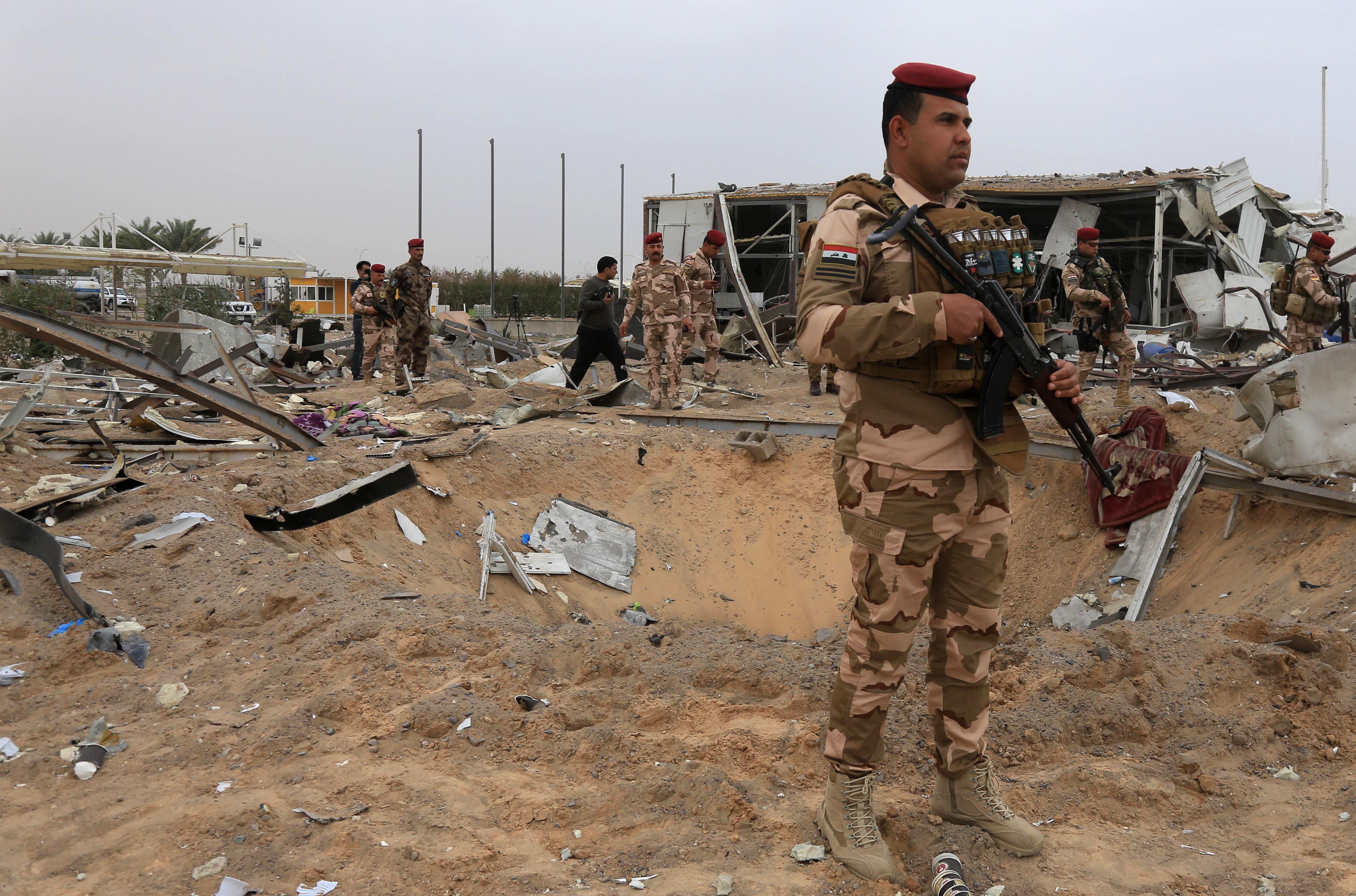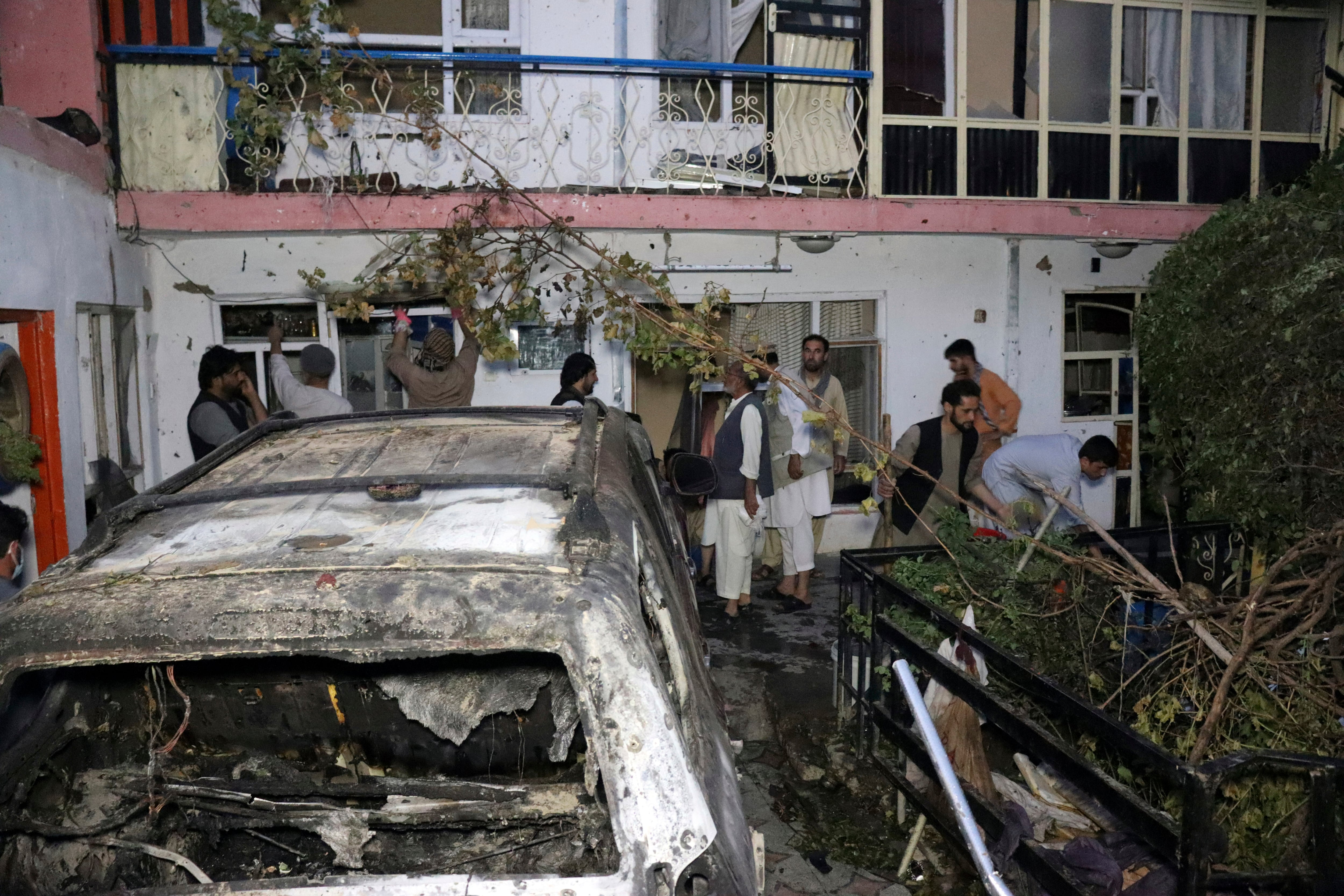Two months after the New York Times revealed how a U.S. military strike purportedly against ISIS in 2019 actually hit a crowd of women and children, the Defense Department is standing up an organization specifically dedicated to preventing and accounting for civilian casualties of such catastrophes.
In partnership with Rand Corp., the department submitted what data it had on civilian casualties, and the processes to prevent or address them, for a report released Thursday.
“So for example, that Aug. 29 strike in Afghanistan, that resulted in 10 civilian casualties, suffered from misidentification and confirmation bias problems that were part of a pattern of lessons identified but never learned,” Michael McNerney, a senior researcher at Rand, told reporters Thursday.
The report found that DoD does an excellent job documenting its adherence to its Law of War guidelines. However, the planning to prevent ― or attempts to document and rectify ― civilian harm during strikes was spotty at best. Generally, civilian casualty investigations were conducted at the mission level, at the discretion of leaders on the ground.
“The data management, we called it a hot mess. Even the office of the secretary, and even the joint staff, had trouble getting data,” McNerney said. “And so we found that spreadsheets were being saved to various shared drives. And information was generally only patched together on request. There was no centralized system to allow analysis without very large exertion of effort by a lot of people rushing to get something provided.”
RELATED

In response, Defense Secretary Lloyd Austin released a memo standing up a civilian protection “center of excellence,” which will be responsible for not only creating civilian harm reporting procedures, but for assigning and training dedicated civilian protection staff for each combatant command and collecting data from strikes.
The center will also centrally regulate how DoD responds to civilian casualties, whether it’s with public statements acknowledging casualties and/or condolence payments to those affected.
“It’s been very personality dependent in terms of providing condolence payments or other acknowledgments of harm. And some commanders showed great commitment to those types of payments and others didn’t seem to recognize the value,” McNerney. “And in fact, in terms of guidance, DoD only formalized guidance on condolence payments in June of 2020.”
Austin is giving the department 90 days to stand up the center of excellence, according to the memo.
“And [what] frankly may be the hardest, is really looking how across the full spectrum of armed conflict we are building in protection from civilian harm,” a defense official told reporters Thursday.
That could also include, as Rand recommended, personnel whose jobs deal specifically with reducing civilian harm.
“Researchers also found that DoD has too few personnel trained in civilian harm issues. It lacks structures and capabilities for key tasks, such as analyzing and monitoring civilian harm trends over time and archiving civilian harm-related data,” Rand said in a release Thursday. “It also recommends that DoD establish dedicated, permanent positions for protection of civilians in each geographic combatant command and across the DoD.”
The defense official said DoD may implement things a little differently, but what it will look like is still to be determined.
“So we think that all of that is true, and what Rand says about professionalizing this, some of that’s going to take some time there, there aren’t that many people who actually have that expertise,” the official said.
Meghann Myers is the Pentagon bureau chief at Military Times. She covers operations, policy, personnel, leadership and other issues affecting service members.





